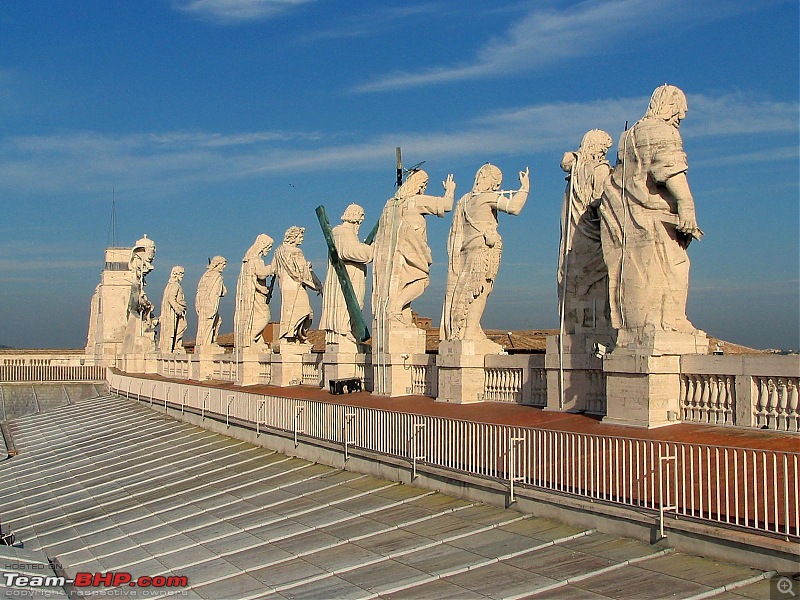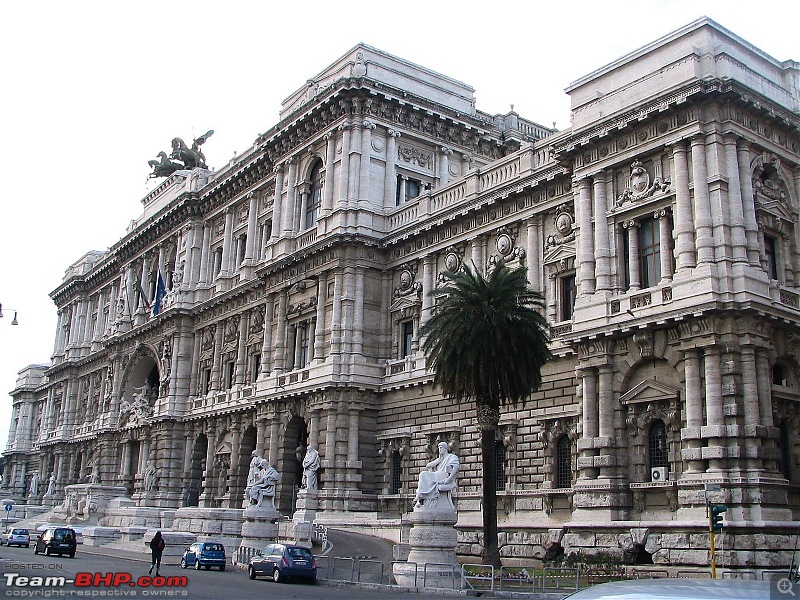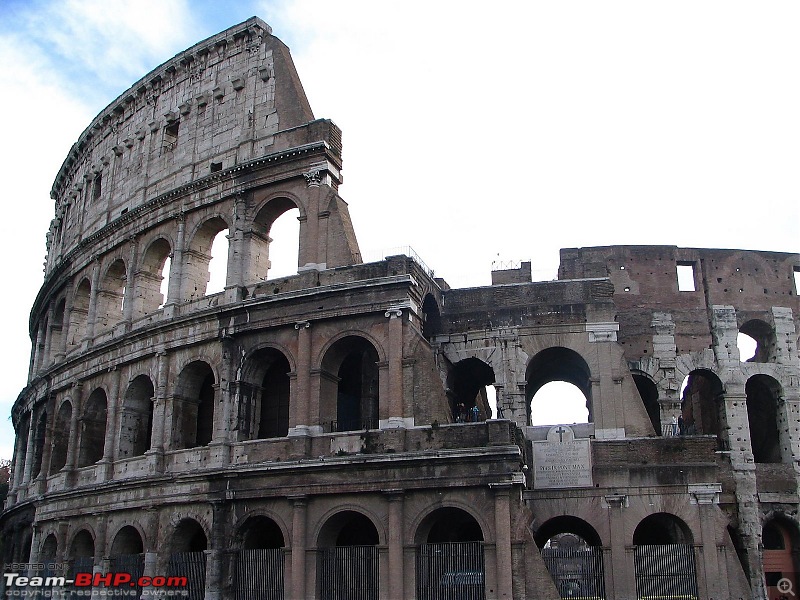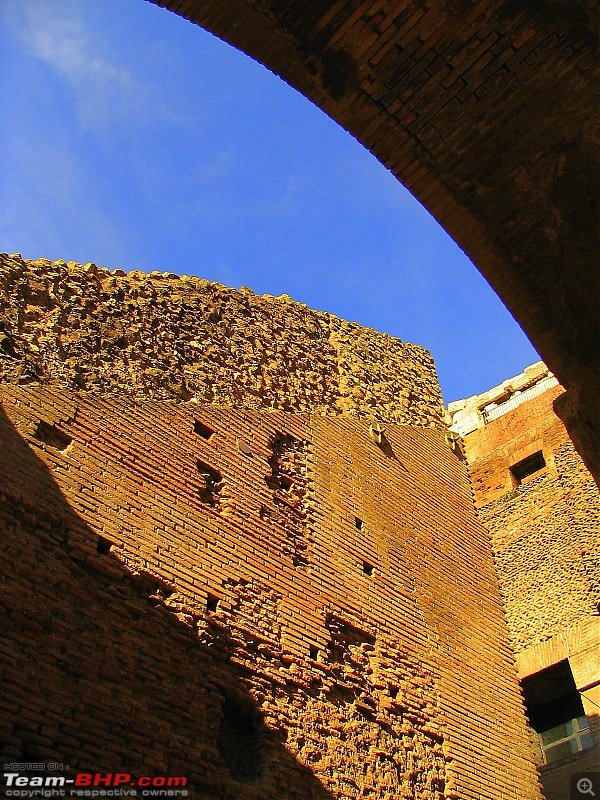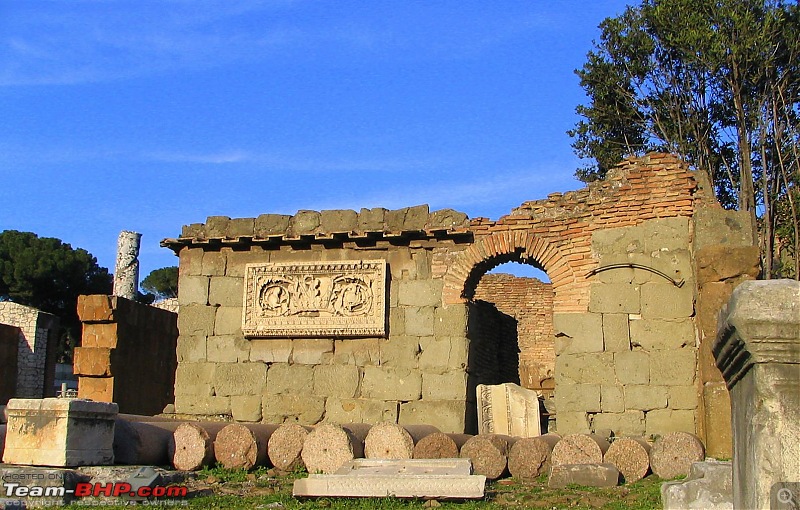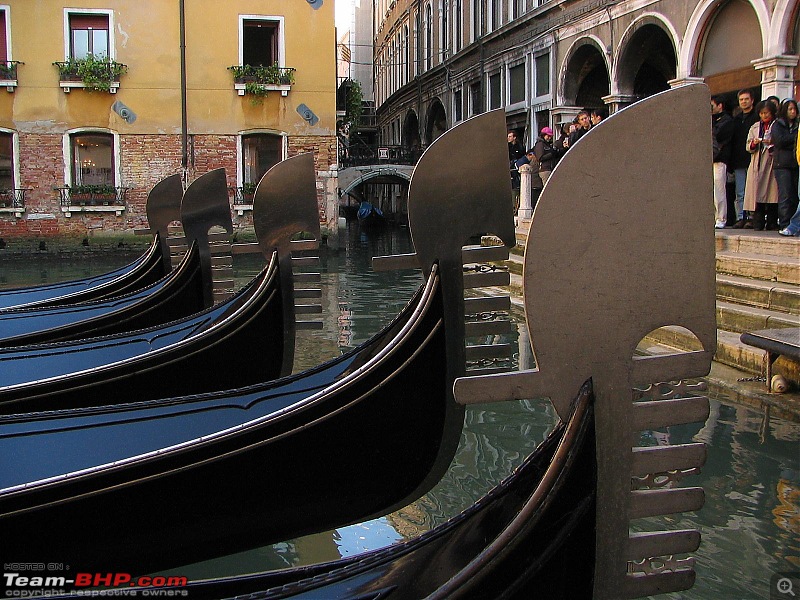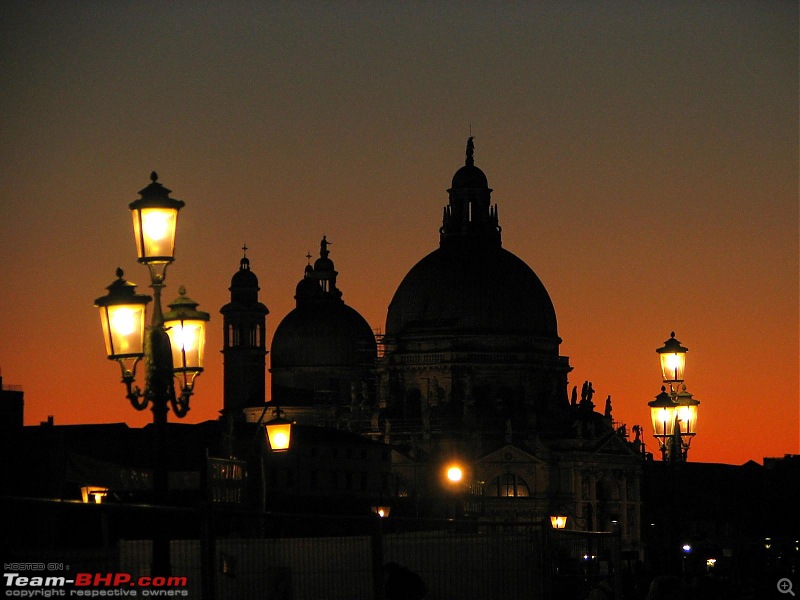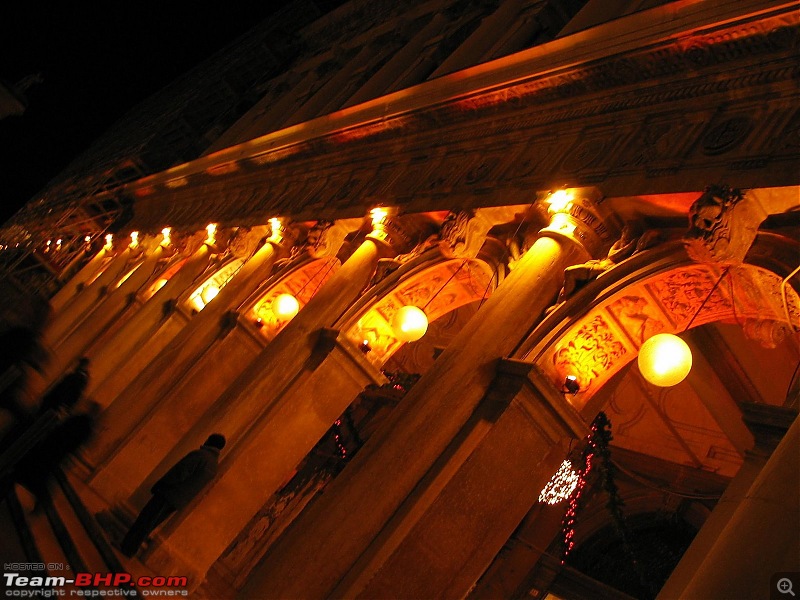Venice, or Venezia to the Italians, is famous for its canals and is one of the most well preserved cities in Europe. There are about 150 canals, splitting up nearly 120 islands, all connected by about 400 bridges. There are no cars in Venice. Instead, water taxis, waterbuses, waterambulance(high speed waterboats) and the world-famous gondolas sweep along its myriad of canals.
Arriving in Venice at night, we headed straight for our hotel which was in Maestre. Maestre can be considered a suburb of Venice. This is the penultimate stop for all trains heading for Venice. Hotel rates here are a lot less and it takes only 1 Euro and 10 minutes to hop on to any train and reach Venice.
We reached the Venice central station from where we got a €12 pass to travel all day in the water buses. The water bus/taxi or gondola are the only way to travel in Venice else you gotta walk. From the central station we tool a water bus and reached our first stop –
Piazza de San Marco. Napoleon called the Piazza "the finest drawing room in Europe". It is what Times Square is to New York n Trafalgar Square is to London. The place is literally covered with tourist n pigeons.
(Photo courtesy:
JSU News Wire)
St Mark’s Square originated from the 9th century as a small area in front of St Mark’s Basilica. It was enlarged in the 12th century to its present size and shape. The Procuraties are three connected building on the eastern side of the square. It used to house the Venetian offices earlier but now there are cafes, museums, souvenir shops there. In the autumn months, the tide rises n the square resembles a lake.
St Mark’s Basilica (Basilica de San Marco) was built in 832 AD and is renowned for it’s opulent design, gilded Byzantine mosaics, and its status as a symbol of Venetian wealth and power 11th century onwards. Reportedly, the church had in fact been based on two churches from Constantinople, now Istanbul. The horses that you see in the pic are ‘Horses of St Mark’. They are replicas of the sculptures plundered from the Hippodrome of Constantinople during the Fourth Crusade.
The square’s tallest structure is
St Mark’s Campanile. Built as a bell tower for the basilica, it actually collapsed a few times before being totally rebuilt in 1902. The common feature to both the basilica and the tower were the insanely long queues. Well that’s one thing which u gotta face when u are traveling in peak tourist season. Not to mention the problems in finding accommodation. One advice to travelers would be to always get a confirmed booking before embarking on a travel to any such popular tourist destination. You just can’t walk into a hotel and get a room.
Opposite the Campanile, and adjoinig St Mark’s Basilica is the
Doge’s Palace. Built between the 14th and 15th centuries, the palace was the official residence of the Doge (Chief Magistrate or Leader of the Republic of Venice). Very ornately designed marble exterior.
Just take a stroll around the place and are sure to witness someone posing in a mask. The wearings of masks by Venetians was def one of the mankind’s most eccentric practices. Venice at a time was perhaps the most flourishing state in Europe and the inhabitants had a very high standard of living. With a level of social wealth unequaled since, the citizens of Venice developed a unique culture - one in which the concealing of the identity in daily life became paramount to daily activity. Part of the secrecy was pragmatic: there were things to do, people to see, and perhaps you might not want others to know what deals you were cutting. After all, the city is relatively small. Don’t return from Venice without one as a souvenir.
The
Rialto Bridge (Ponte di Rialto) is a bridge spanning the Grand Canal. It is the oldest bridge across the canal and probably the most famous in the city. The current structure was built in just three years, between 1588 and 1591, as a permanent replacement for the boat bridge and three wooden bridges that had spanned the Grand Canal at various times since the 12th century.
Gondolas were for centuries the chief means of transportation within Venice. Though now-a-days its mostly used by the tourists. A 40 minute ride will set u back by €100. What the hell!! You don’t come to Venice everyday. But the trip turned out to be quite a disappointment. The gondolier didn’t sing any song, the small canals were kinda stinking and although he did point out Casanova’s house and a couple of other details I was rather expecting more.
For me the most interesting time in Venice was spent roaming around in the streets, hogging on some mouthwatering pizza slices & checking out the souvenir shops which house some of the most beautiful Murano glass work. The glass workers were banished to the island of Murano centuries ago because of the fire risk to Venice.
Venice is a walker's paradise. Its small, easy to cover but the maps can be a bit confusing and you could get lost. But there’s only so much ground to get lost. Narrow lanes, by-lanes and bridges, some no longer than 12 feet, connecting them. Yet again one comes across all the big fashion labels n ofcourse
Ferrari. I got a glass bottle with a gondola blown into it from the side wall, complete with a gondolier.
At sunset the Venetian skyline is a scene to watch and behold. No wonder Claude Monet was inspired to paint ‘
Sunset in Venice’.
Venice was an unforgettable experience. Surreal, dream-like, just like an altered state of reality. Walking down the streets that don’t lead to anywhere in particular. The water flowing beneath your feet quietly, noisy tourists at places and the much needed silence at some. Armed with the map and the anxiety the traveler continues. Halts for a while and then resumes.
Would recommend Italy to each and everyone.
Coming up!! Some random pics from the trip.
 (1)
Thanks
(1)
Thanks
 (1)
Thanks
(1)
Thanks
 (1)
Thanks
(1)
Thanks





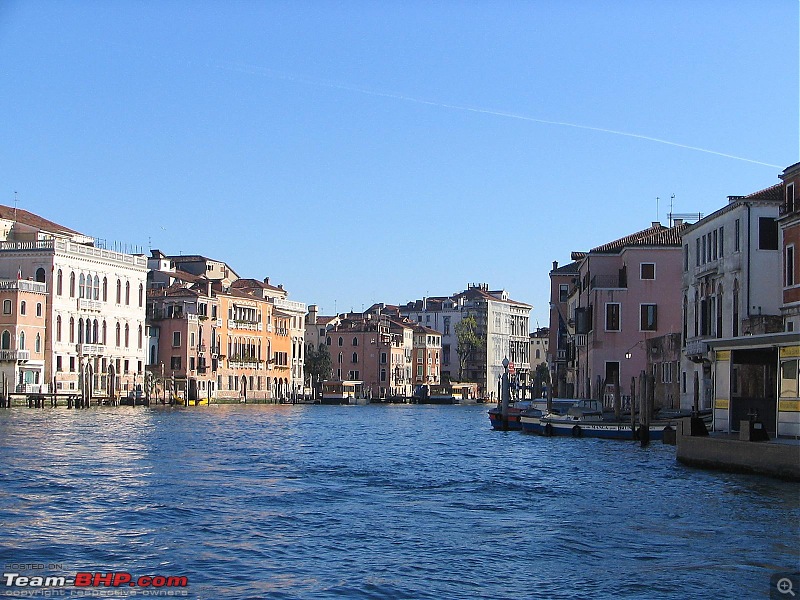

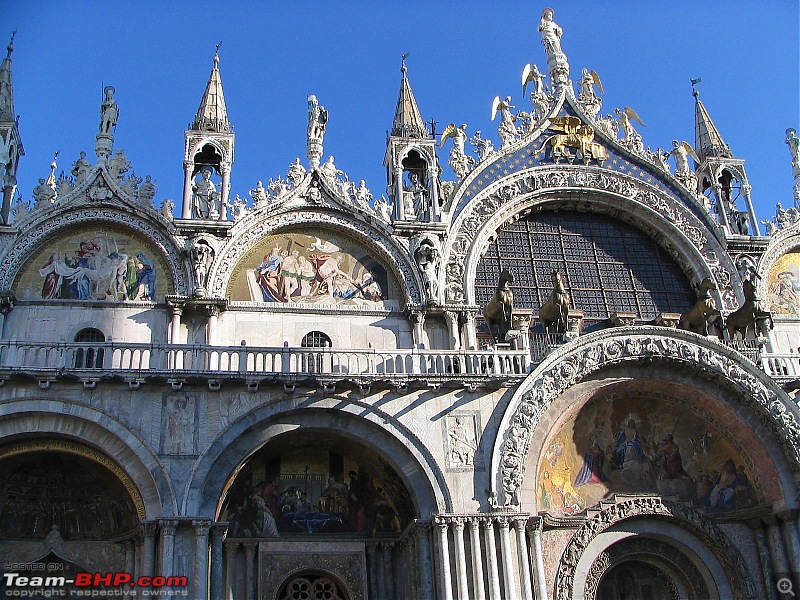
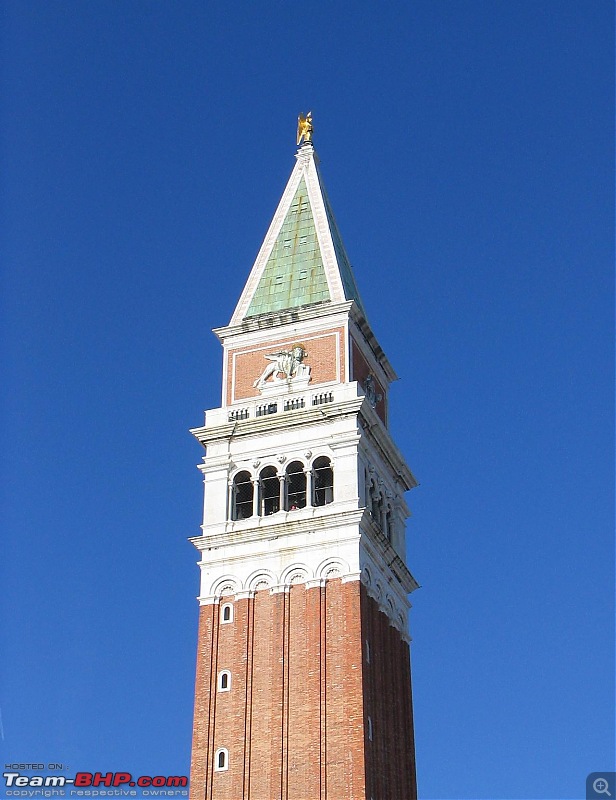

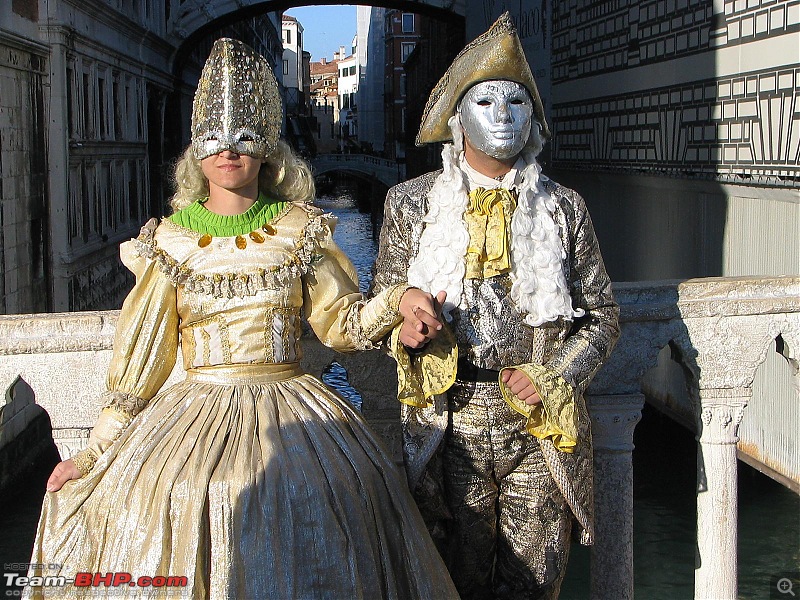

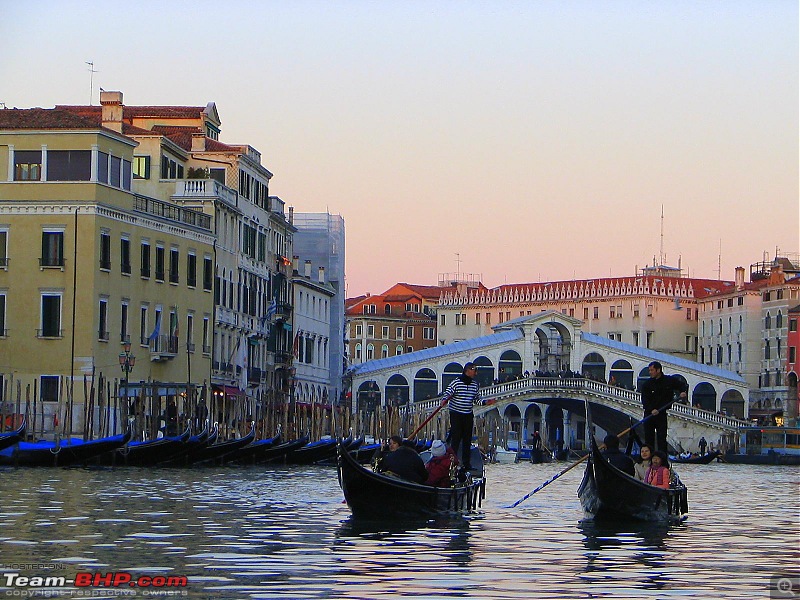
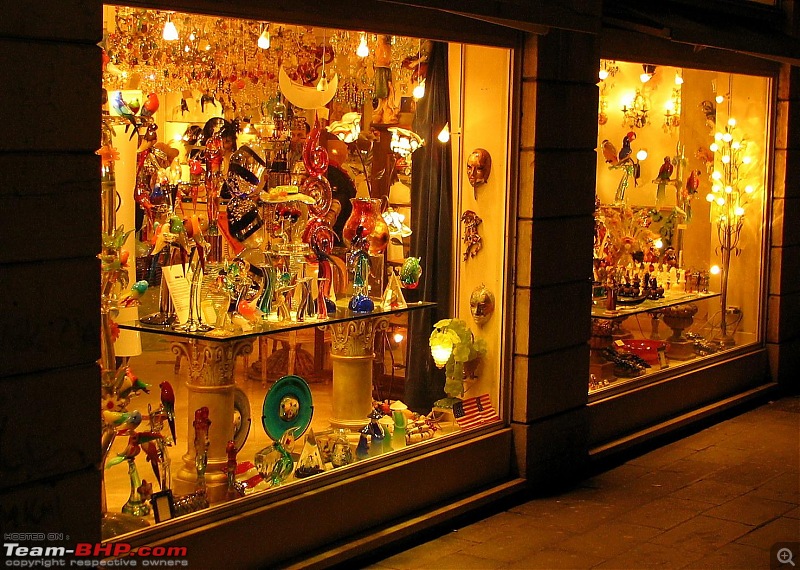
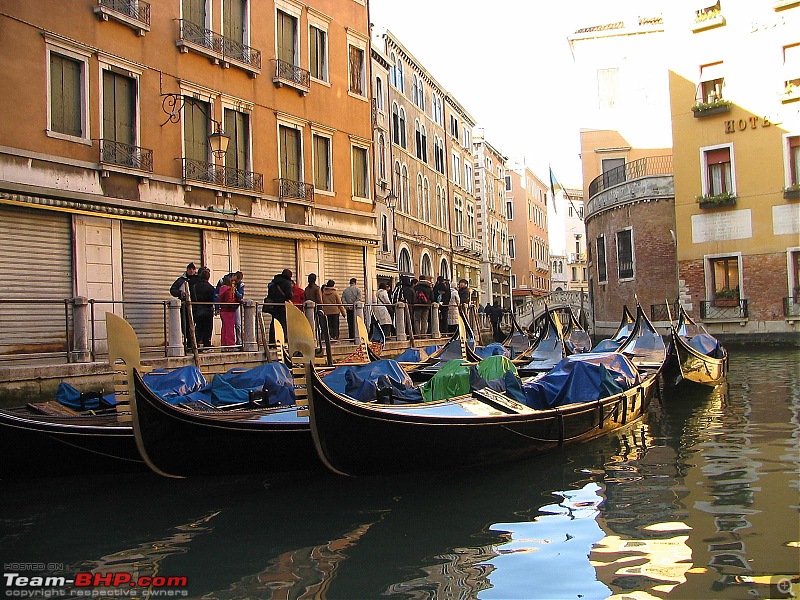
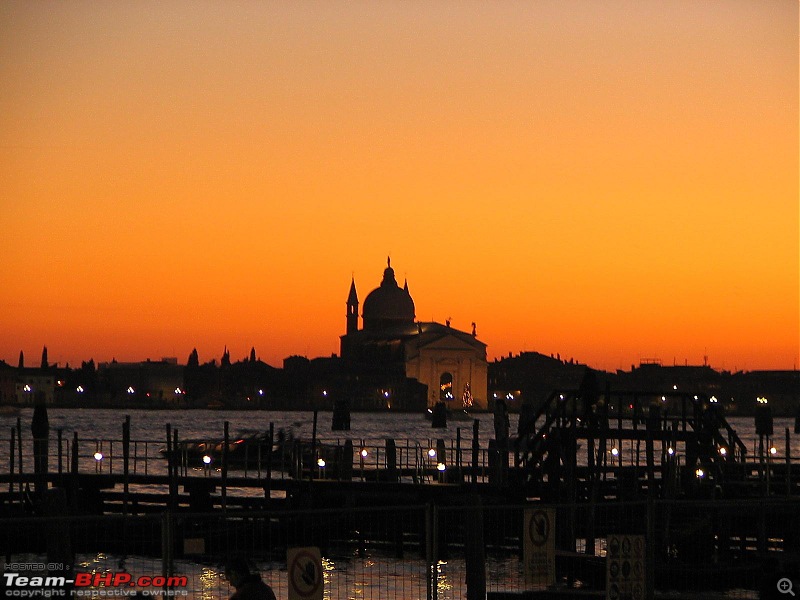



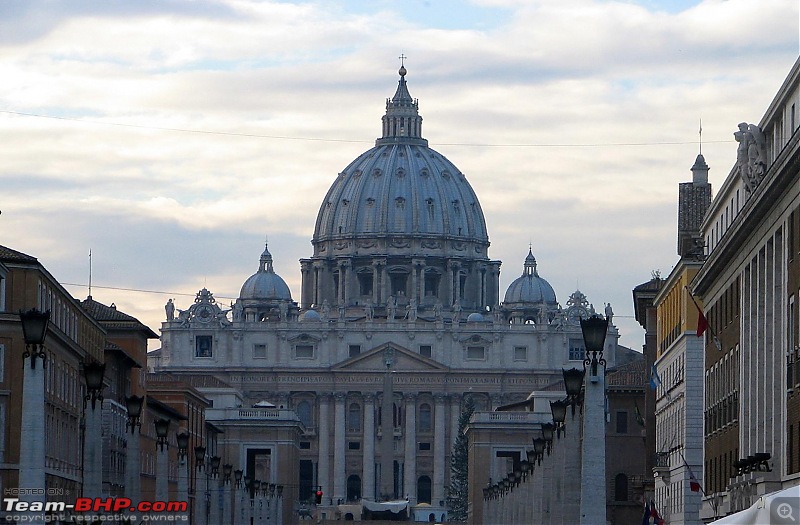
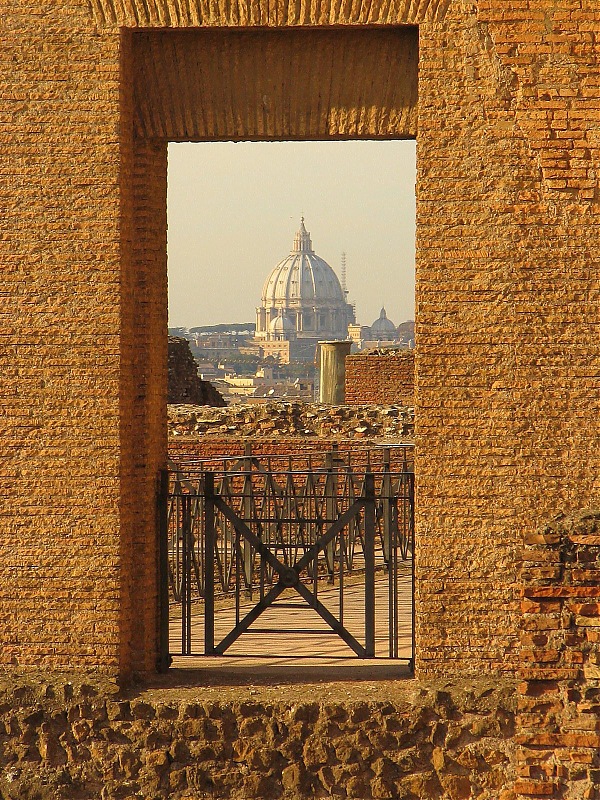
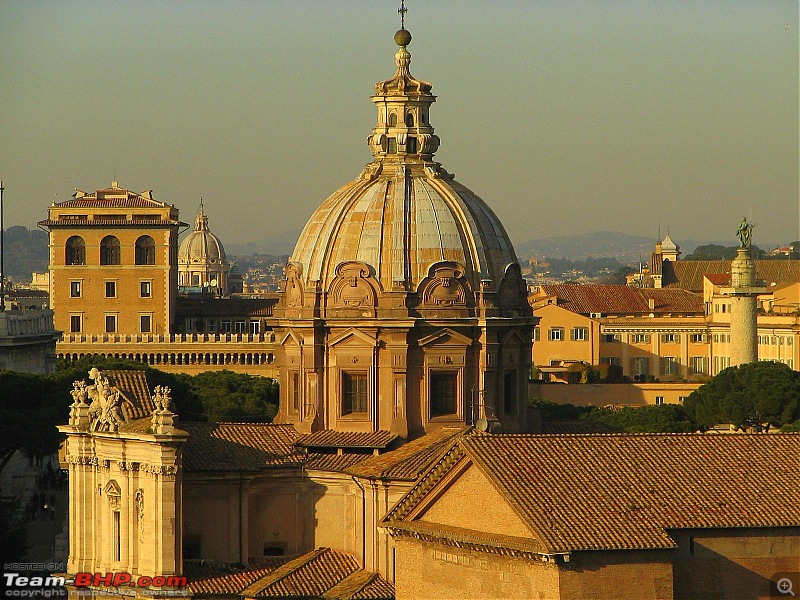

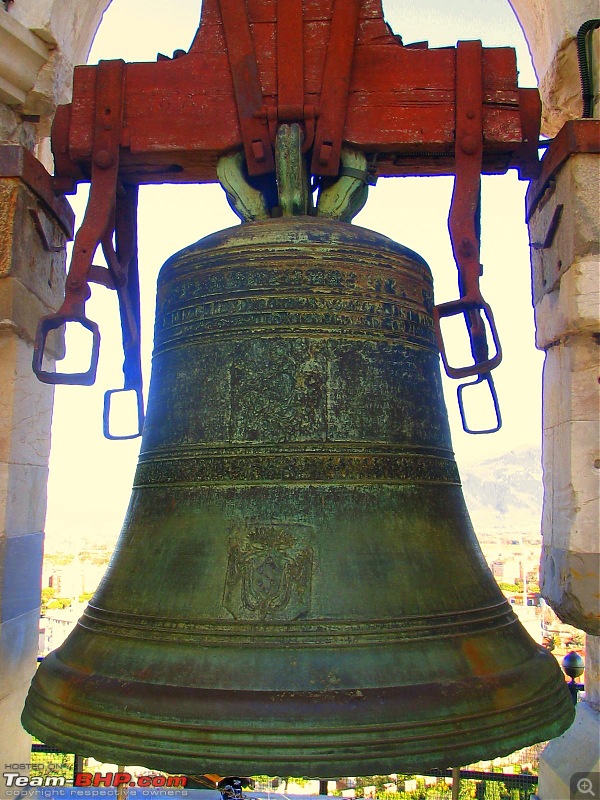
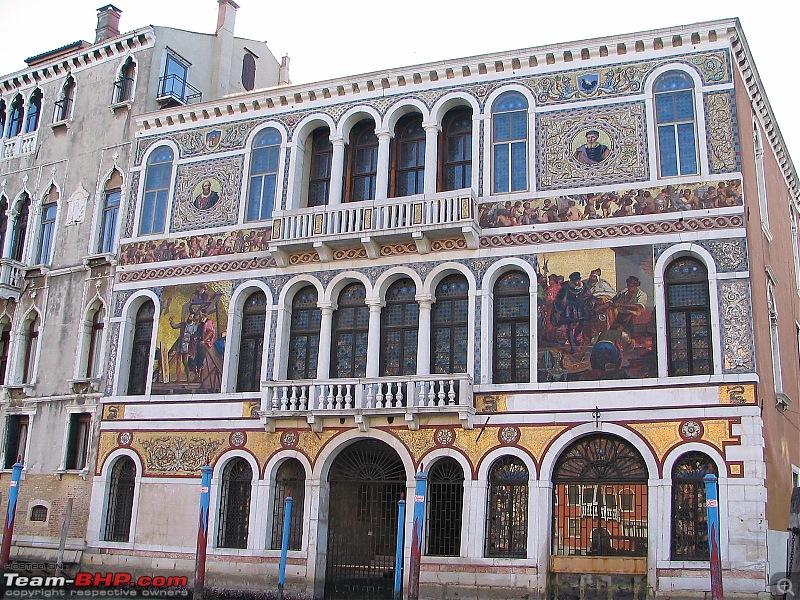


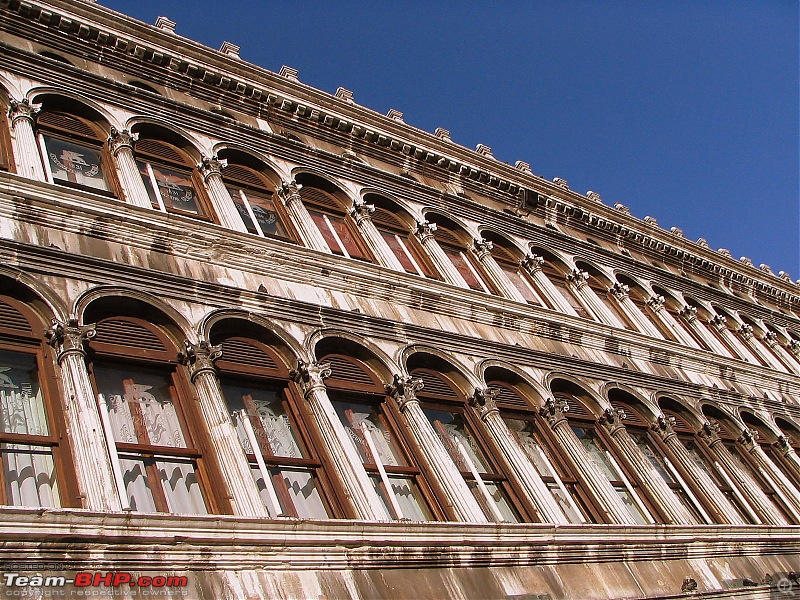
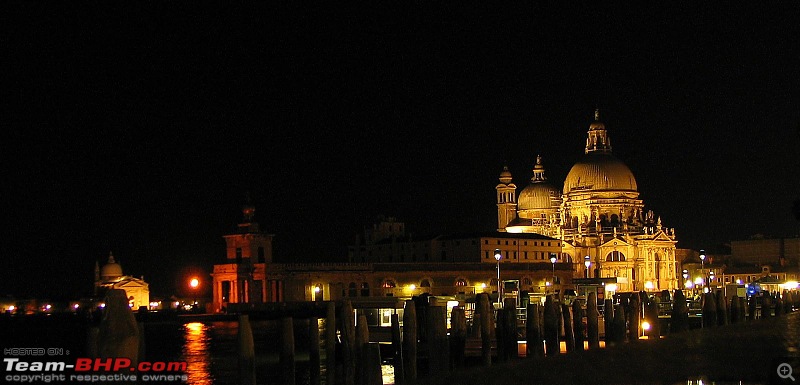
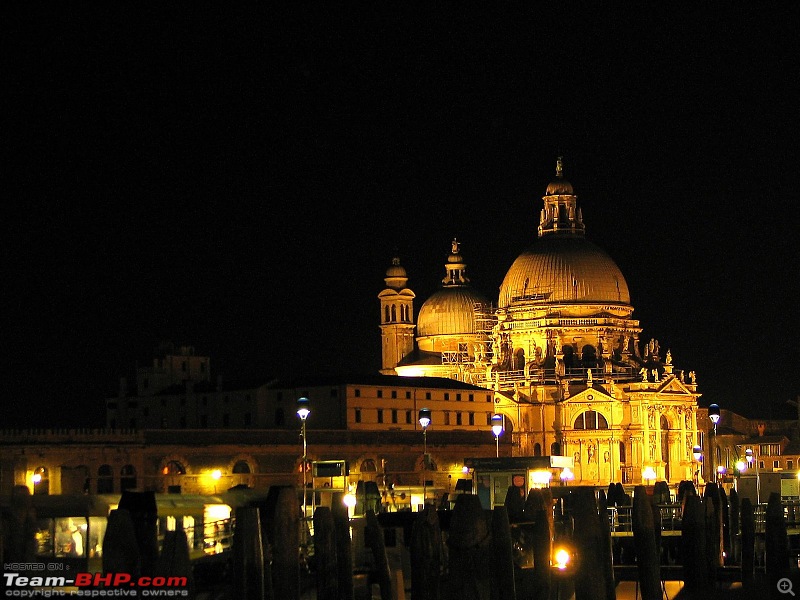

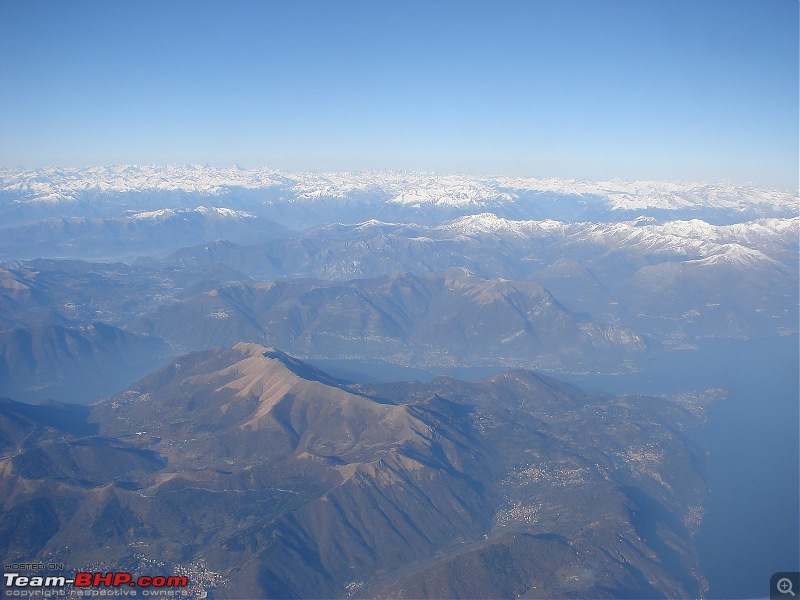
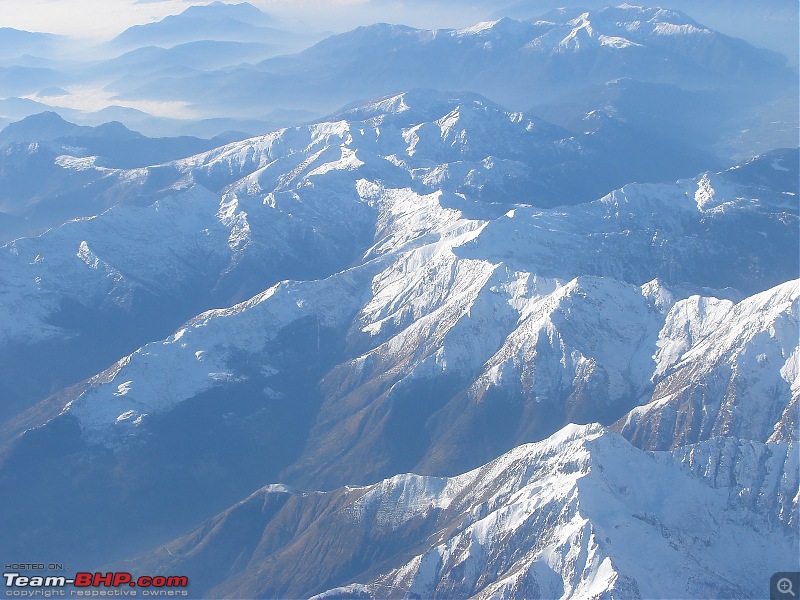
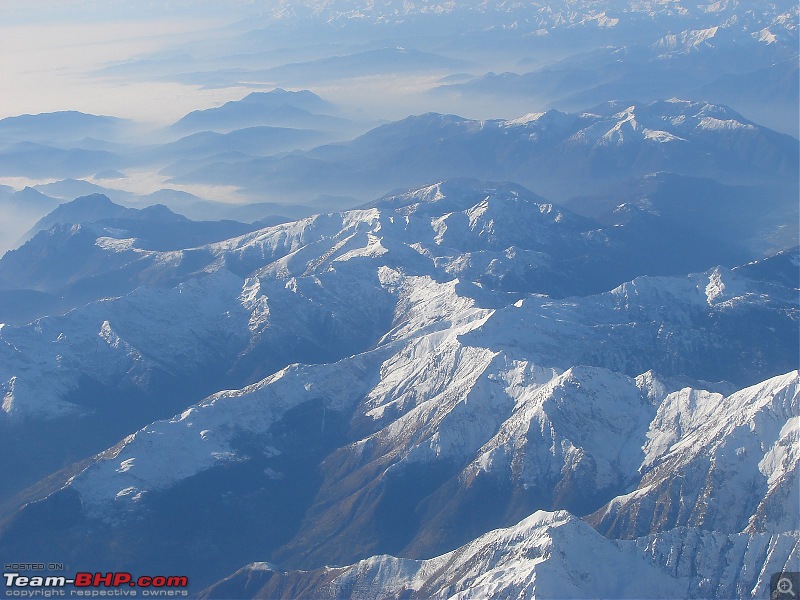

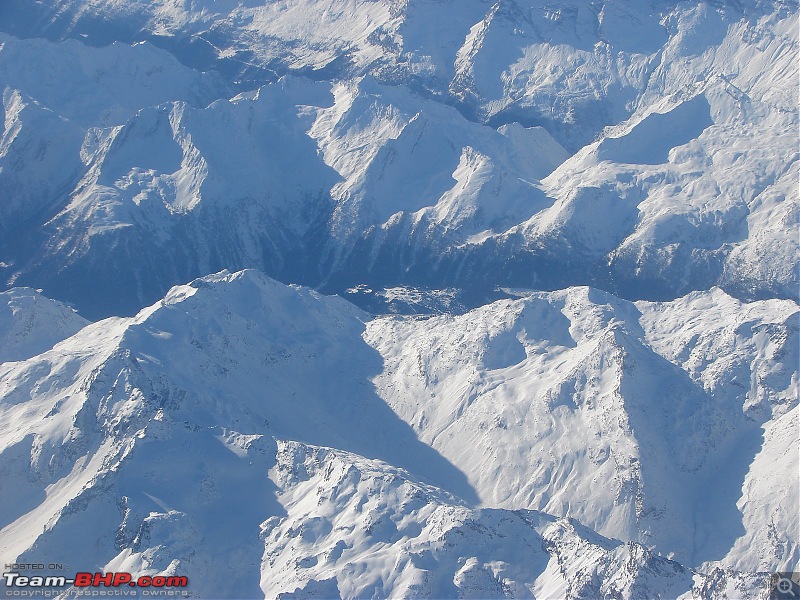

 ~~~The End~~~
~~~The End~~~ 



